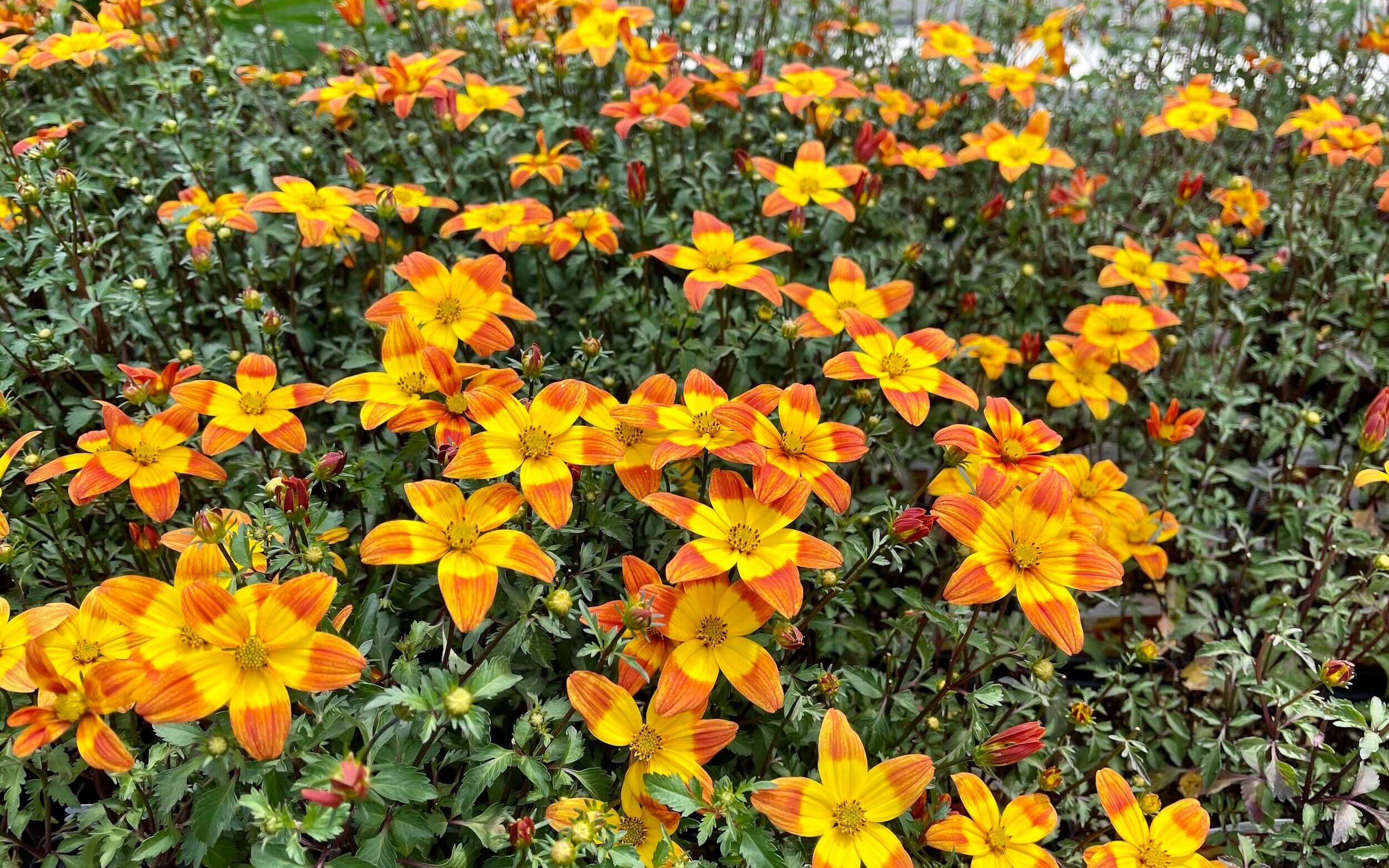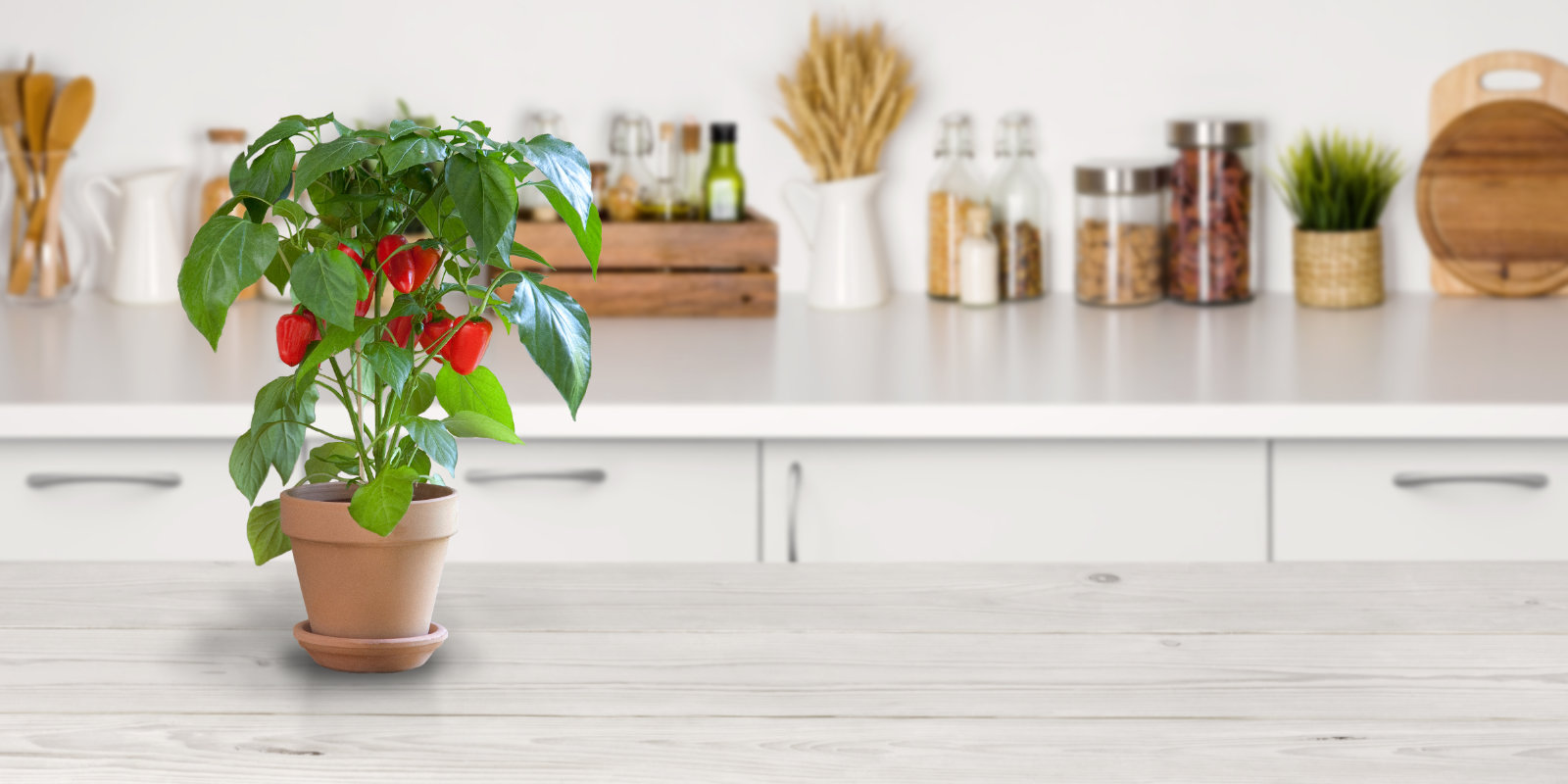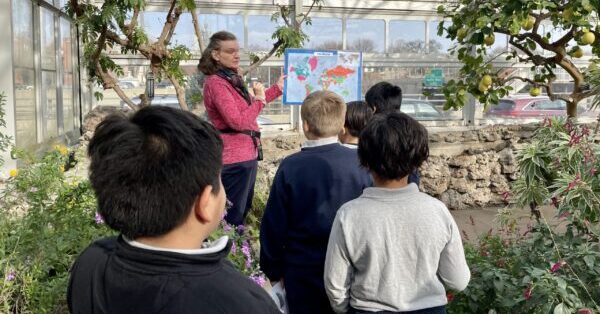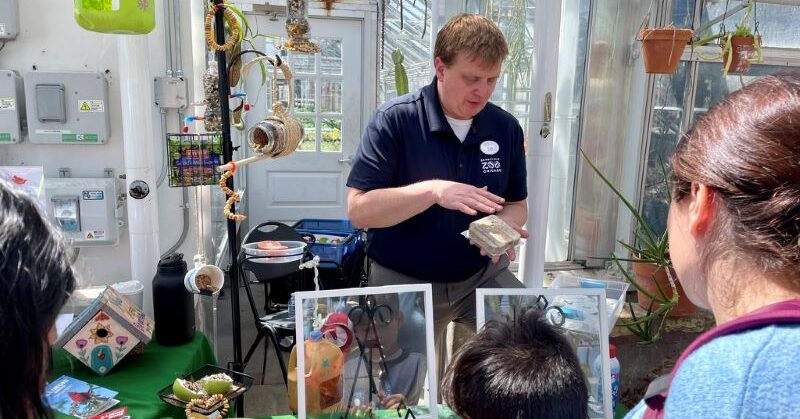For millions of years a tropical tree has been quietly growing in the Midwest. Now the pawpaw tree and its delicious fruit are finally getting the attention they deserve.
The American pawpaw (also known as the papaw, paw paw and paw-paw), or Asimina triloba, is the largest edible sweet fruit indigenous to the United States. Possessing a custard-like texture and tasting like a combination of mango and banana (inspiring its nickname “banango” among many others), it has a flavor profile unlike anything else in its native growing range, which spans from Missouri to Pennsylvania and from southern Michigan down to Alabama. As the northernmost member of the Annonaceae family of flowering plants, it’s a cousin to tropical fruit trees such as the custard apple and soursop found closer to the Equator.
Locals have harvested this ancient tree for centuries. In addition to enjoying the fruit, indigenous peoples made rope from the pawpaw’s bark and grinded seeds (which contain an insecticidal neurotoxin) to make a lice treatment shampoo. Thomas Jefferson planted paw paws at Monticello and Lewis and Clark foraged them on their expeditions. Even George Washington enjoyed chilled pawpaw as a favorite dessert.
So why have most Americans never heard of the pawpaw, much less tried one?
The pawpaw’s thin-skinned fruit bruises easily, making its transport difficult, and it only has a shelf life of a few days—the opposite of the long-lasting, blemish-free produce found in US stores. Industrial agriculture had no interest in the plant, which eventually led to its unsavory nickname: the “poor man’s banana”, because it was often eaten in poor rural communities.
Fortunately, thanks to conservationists and the Locavore food movement, people are enjoying the pawpaw once again. Because pawpaws aren’t grown commercially and often require foraging, they are the kind of hard-to-find delicacy foodies enjoy. They’re also touted as an environmentally friendly alternative to tropical fruit, which requires hundreds of miles of transportation (emitting a high carbon emissions output) to arrive in the US.
Oak Park is located in the northern corner of the pawpaw’s native range and with a bit of care, it is possible to grow pawpaws in your backyard. Here are a few tips to get you started:
● You will need two different cultivars or seedlings for cross-pollination. Keep in mind that seedlings will take more years to bear fruit than tested cultivars and the fruit may not be as good.
● Pawpaws begin their lives as understory trees on the forest floor before they break through the leaf canopy at maturity. This means you’ll want to plant two saplings in a full sun location, however, you will have to protect them from sun damage for the first few years. (Pawpaws planted in shade will grow but won’t fruit as well.) Tenting them under a 30 to 50 percent shade cloth at the start will help.
● Plant your pawpaw near a windbreak, such as a fence—they don’t like high winds. Consider planting smaller trees which incur less shock during transplant.
● Be sure to amend your soil before planting. Pawpaws require fertile soil with good drainage so they don’t suffer from root rot.
● When young, pawpaws need a well-balanced fertilizer with plenty of nitrogen to support their large leaves.
● Try not to prune your pawpaws during their growth, as the fruit yield will be affected further along. Pawpaws naturally sprawl, so place stakes if you want upright growth.
● Pawpaws are pollinated by various fly and beetle species. If you have a large enough yard, you may want to plant your trees away from the house. The pollinators are attracted to the scents of yeast and rotting meat, so some pawpaw growers spray the leaves with fish fertilizer.
● Once your pawpaws are established, they are highly pest-resistant and virtually maintenance-free. Sit back and enjoy the fruit!
Join the Friends of the Oak Park Conservatory for a virtual lecture on November 3rd to learn more about the pawpaw’s history, preservation and how to incorporate this important tree into your landscape. Register HERE.
Blog written by Antonia Davison and edited by Claire Ong








